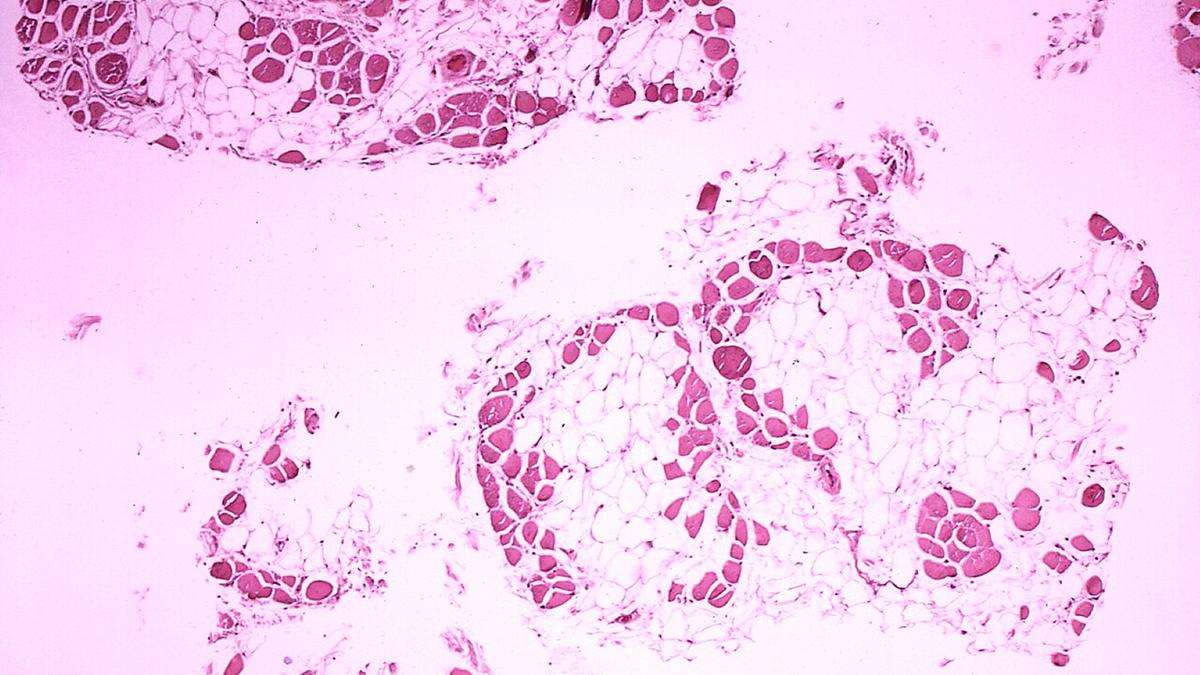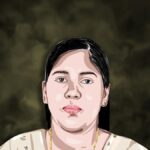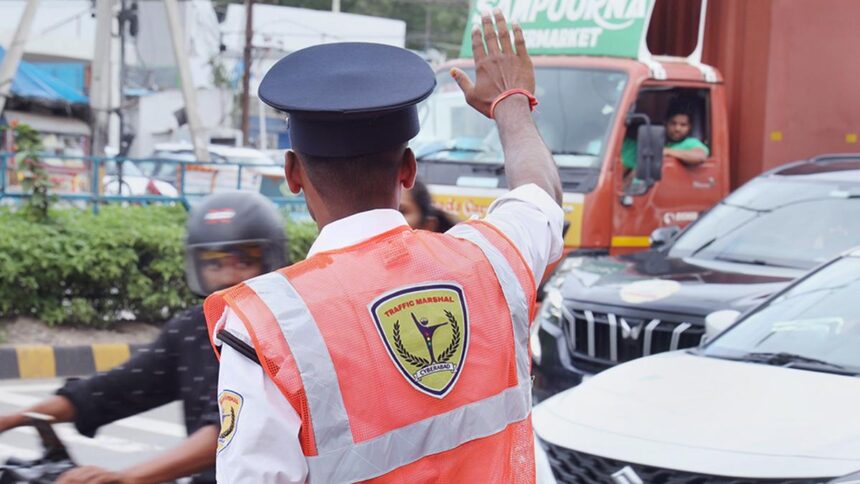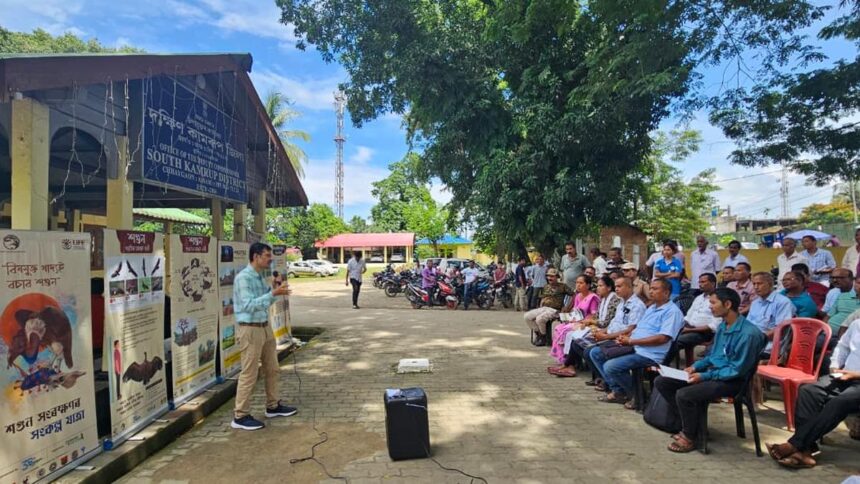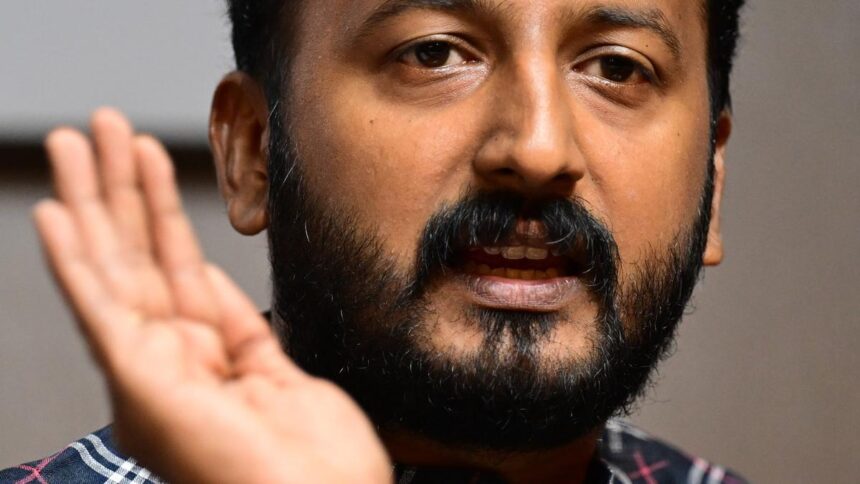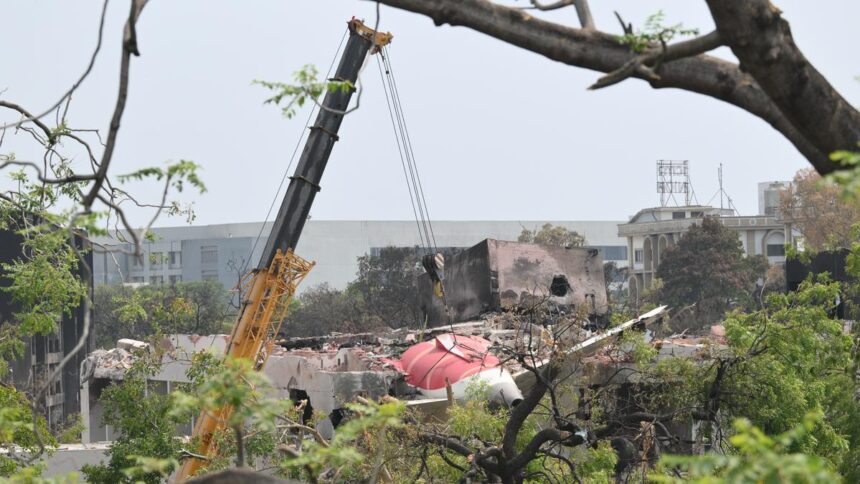
Microscopic image of cross-sectional calf muscle from a person with Duchenne muscular dystrophy showing extensive replacement of muscle fibres by fat cells.
| Photo Credit: US CDC
About 10,000 rare diseases have thus far been identified in the world, and new ones are discovered every now and then. Some 80% of these conditions are genetic in origin and predominantly affect children. About 30% of the children don’t live to see their fifth birthday. While individually rare, cumulatively about 300 million people in the world have a rare disease.
It is important to raise awareness of rare diseases in the country for various reasons. First, doctors may never have encountered them and are often unaware of these diseases. Second, if the medical problem is not reported, say to a registry, an accurate picture of the number of patients is unavailable, which would be essential to help draft suitable policies to support patients. A detailed picture is also needed to help patients connect with each other, and so that industry identifies market opportunities to develop suitable therapies.
In a major contribution to identifying rare diseases, Iliyas Rashid and his team at the Tata Institute for Genetics and Society, Bengaluru, have developed GenTIGS, “a gene database on rare genetic disorders”. This is a valuable resource, since a user can choose from a list of symptoms to predict the possible rare disease. The patient’s family can then take the information to their doctor and seek support from a patient group.
So far, fewer than 5% of rare diseases have treatments approved by the U.S. Food and Drug Administration. Even those that have are prohibitively expensive. A patient in India would be unlikely to have suitable insurance coverage. Sometimes companies provide a drug for free on compassionate grounds, but this is not a reliable way of obtaining drugs. Some have managed to raise the money through crowd sourcing.
Of the 300 million people with rare diseases in the world, about 90 million are in India. But the real number is likely to be higher since our social practices include endogamy, the practice of marrying within a community. If there is a genetic condition in that community, endogamous marriages will tend to preserve that condition instead of letting it die out.
More than 95% of these conditions don’t have a therapy or it may be impossibly expensive. In such a scenario, the best option may be premarital counselling, among others. There are now cases where scientists, doctors or not-for-profit organisations have worked with local communities to urge individuals who are carriers of particular mutations to not marry other individuals with the same mutations, in case this would increase the chance of their having an affected child.
If such marriages are avoided, then over time the condition will be eliminated. In this connection, exemplary work has been done by B.R. Lakshmi and her colleagues at the Molecular Diagnostics Counselling Care and Research Centre (MDCRC) in Coimbatore. They are working on Duchenne muscular dystrophy (DMD), a disorder that affects only male children, with females being the carriers. MDCRC has done large-scale genetic screening across several districts of Tamil Nadu with the aim of detecting the relevant mutations early and eventually eradicating DMD from the State. Similar efforts are required for many disorders around the country.
In summary, be aware of rare diseases. It usually takes years for a patient to get the correct diagnosis. Dr. Rashid’s database ought to be helpful in reducing the suffering of patients and their families.
Gayatri Saberwal is a consultant at the Tata Institute for Genetics and Society.
Published – July 20, 2025 05:00 am IST








